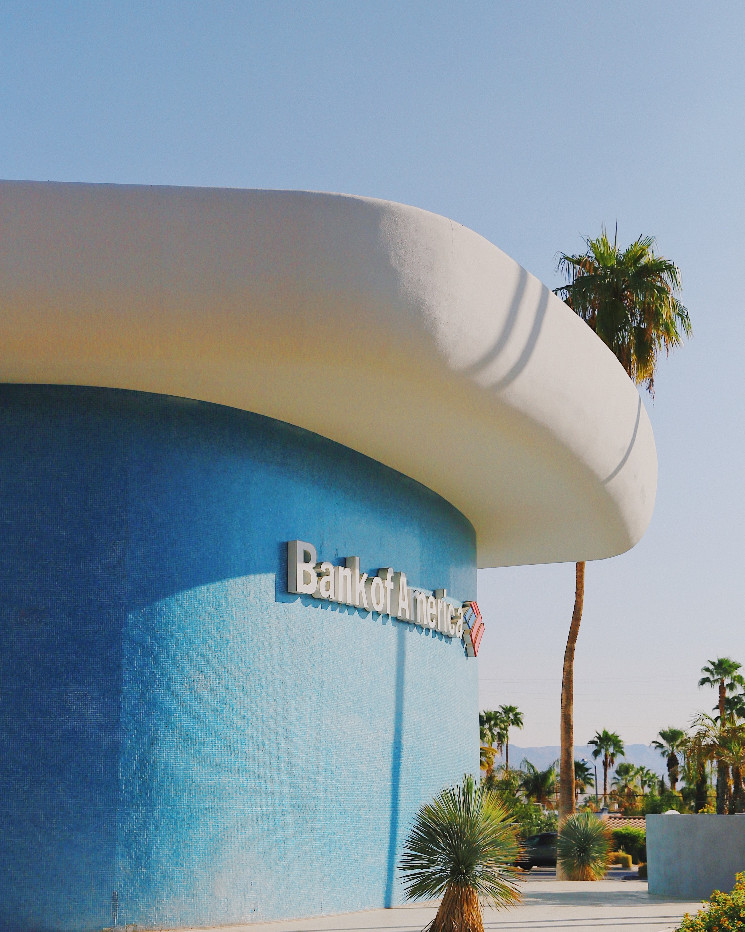As decentralized finance, or DeFi, continues to evolve and mature, the concept of total value locked – a measure of how much money users have stashed in a given protocol – has also gained significant attention. Originally focused on digital assets such as cryptocurrencies, TVL has expanded to include tokenized real-world assets (RWA), providing a more comprehensive understanding of the assets represented on-chain. These tokenized assets are typically held in smart contracts on a blockchain network.
Since RWA, such as mortgages, private equity investments and illiquid funds, have not been historically represented on-chain, TVL primarily focused on the value of digital assets deposited within DeFi protocols. However, as blockchain technology adoption by traditional financial institutions progresses, the inclusion of RWA, measured within the TVL framework, becomes increasingly relevant and necessary. This is a natural progression in line with the continued development of the DeFi ecosystem, which is coming to embrace tokenized RWAs as part of TVL. Moreover, as DeFi platforms attract institutions and large-scale investors (which are vital for scaling), it becomes increasingly attractive to offer the ability to trade tokenized bonds, equity, debt and other assets such as gold, real estate and art.
While integrating RWAs into the TVL metric is still in its early stages, with only about $300 billion locked on-chain, the current state of the blockchain layer-1 and layer-2 landscape shows the following figures representing TVL as of July 2023.
Most blockchains’ TVL is largely representative of digital assets, such as cryptocurrency and NFTs, although there are a select few notable blockchains whose TVLs are heavily weighted to RWAs. A great example is Provenance Blockchain, which has an overall TVL of $9.3 billion, of which more than $8.1 billion is from real-world financial assets, such as home equity line of credit (HELOC) loans, private equity and alternative asset funds. RWAs are gradually making their way onto the blockchain, further expanding the TVL metric and its significance.
Importance of TVL to TradFi
As financial and insurance services lean into blockchain-based solutions through tokenized RWA, the RWA TVL metric becomes an important indicator of what blockchain to tokenize assets on. Multiple factors are involved in selecting a blockchain to tokenize RWAs on, such as which blockchain has the most robust tooling for easy onboarding and lifecycle management of financial assets, an ability to achieve compliance and privacy standards and a function to achieve security and scalability requirements.
Perhaps the leading indicators of the above are:
Where the majority of tokenized financial assets exist today.
Where the momentum of RWA tokenization is occurring.
By identifying a blockchain’s current RWA TVL and TVL growth over time, an institution can assess these questions and ultimately select the most appropriate blockchain platform to support transactions in tokenized RWAs. The blockchains with the greatest gravitas, as indicated by real-world financial asset TVL, are probabilistically also best positioned as a long-term sustainable solution for institutions seeking greater transparency, efficiency and productivity.
As with any new data set, the challenge to date has been that RWA TVL data is not readily available and rarely segmented by asset class, meaning it is difficult to assess what portion of a given TVL value consists of cryptocurrency assets versus real-world assets. As is the case with Provenance Blockchain, some blockchains are aiming to self-publish their TVL data by asset class. Additionally, several analytics firms are also working to make this data more accessible, such as RWA.xyz, which focuses on data for tokenized real-world assets. RWA TVL is a necessary data point and standard for financial services and insurance institutions deciding which blockchain to leverage.
TVL is a crucial indicator for institutions seeking to tokenize RWAs, helping them identify the most suitable blockchain platforms based on real-world asset adoption and growth. As the financial industry continues to adopt these innovations, RWA TVL is expected to play an instrumental role in guiding decisions and driving institutional adoption.
This article is adapted from the Global Blockchain Business Council’s report on “Real-World Assets Total Value Locked (TVL): From DeFi to TradFi.” To read the complete report, click here.
Sourced from cryptonews.net.










